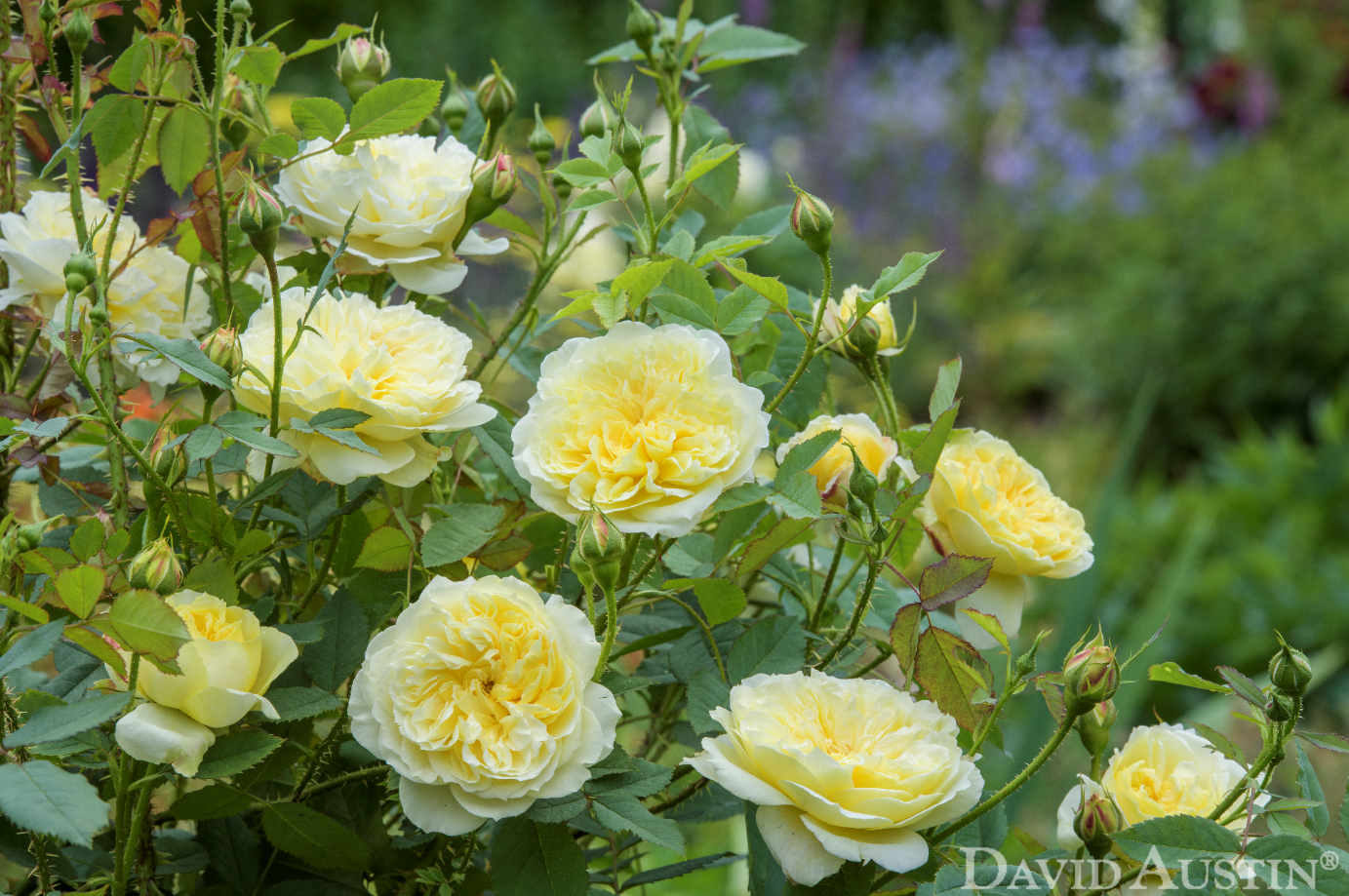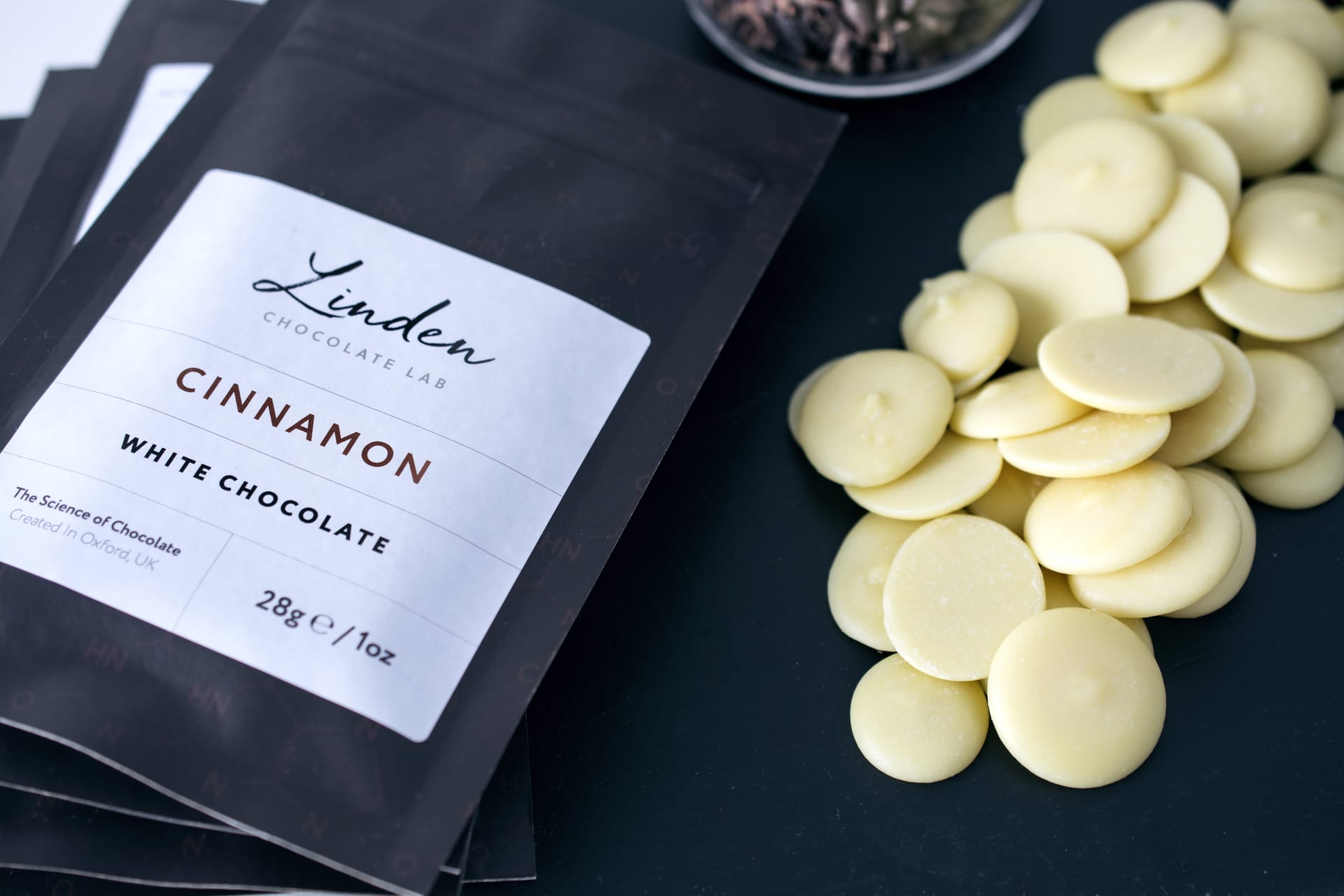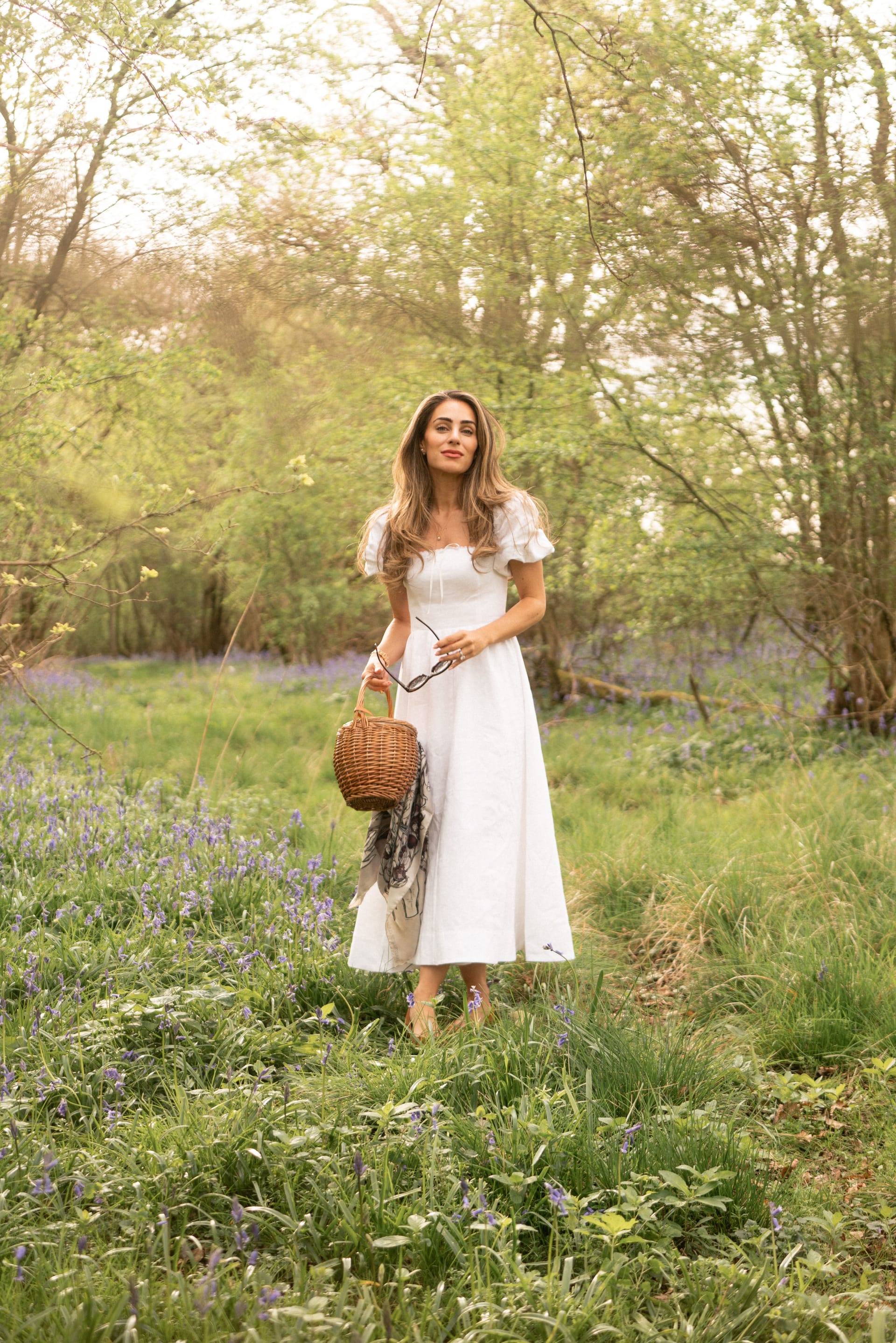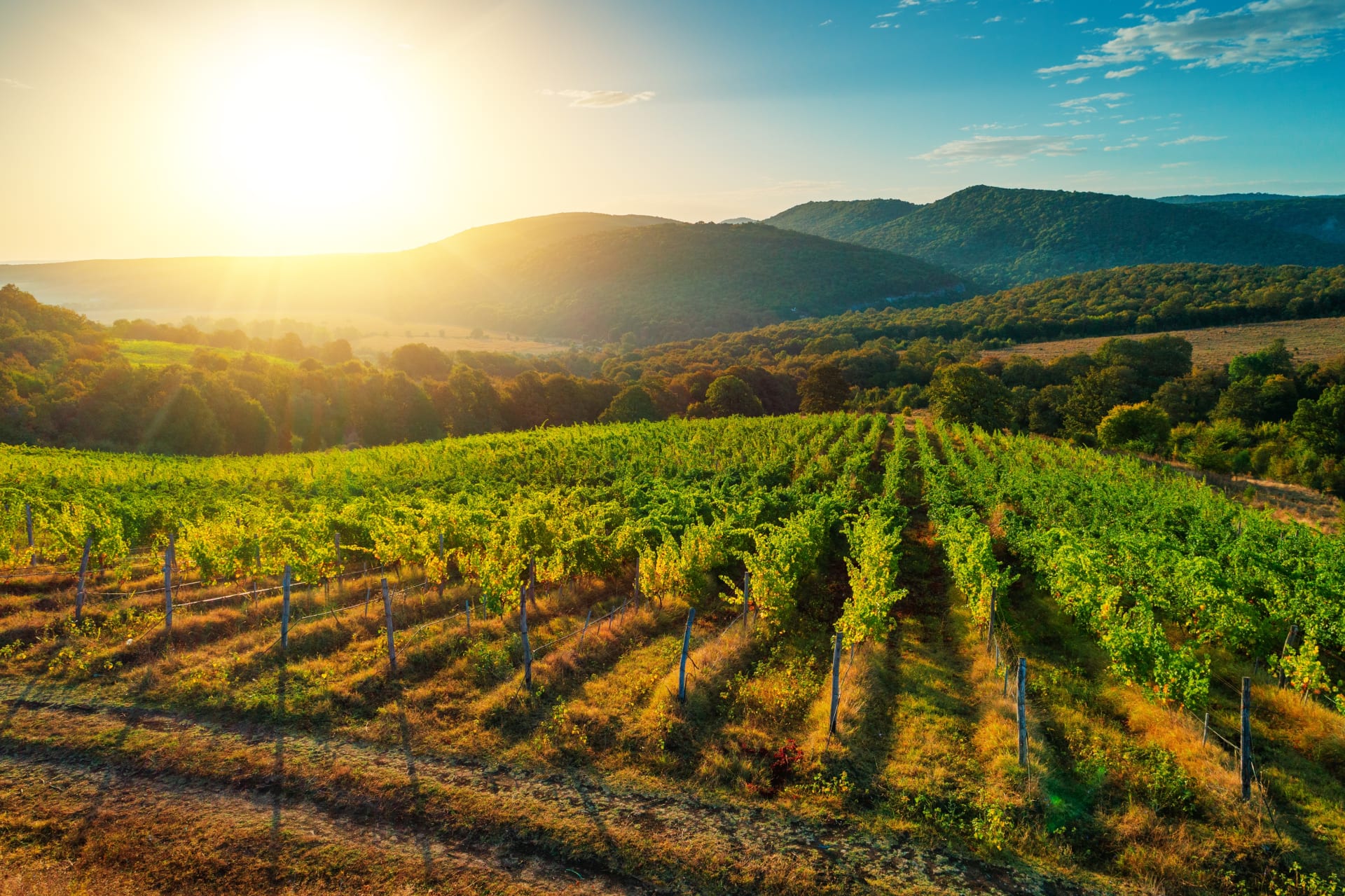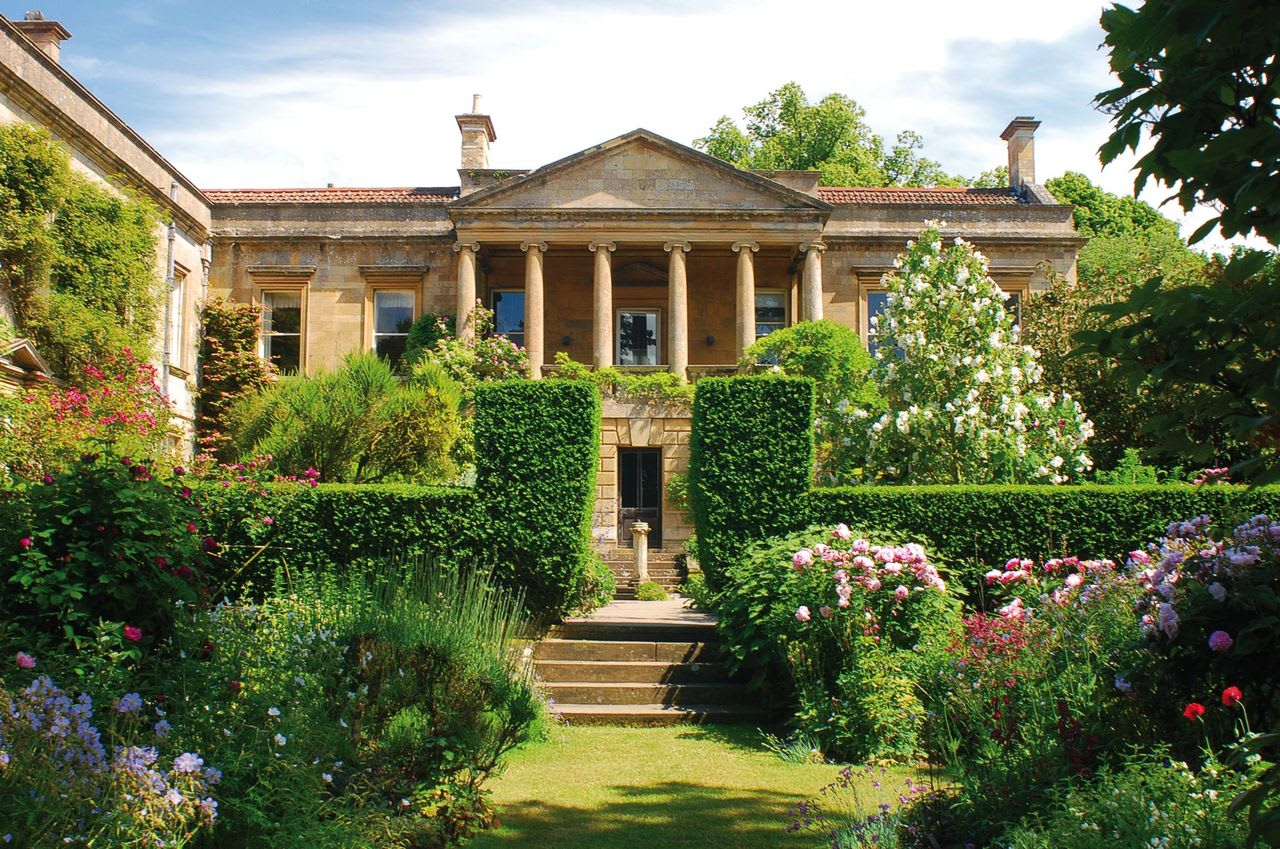Whatever your style of garden – contemporary or traditional – roses can be the ideal plant. With a diverse range of colours, forms, heights and sizes, many roses are wonderfully fragrant and will repeat flower all summer long. But what does it take to create a new variety which will stand up to the weather and growing conditions available in this country? We spoke to Michael Marriott, senior rosarian from David Austin Roses in Albrighton to find out.
“Rosarian and rose breeder David Austin released his first commercial English Rose ‘Constance Spry’ in 1961. Since then he released over 240 English Roses until his death in 2018. Prior to his death, David left a legacy of planned crosses, leaving the launch of further new roses to his son David Austin Jnr and Breeding Manager Carl Bennett.
Breeding a new rose variety is a lengthy process,” Michael explains. “The company operates one of the largest rose breeding programs in the world and we conduct 75,000 to 100,000 individual crosses annually. We take two roses of different varieties selecting these based on their own individual characteristics. We cross these ‘parent’ plants in the same way mother nature would do, collecting pollen from the ‘pollen’ parent placing it onto the stigma of the ‘seed’ parent using an ordinary artist’s brush. Each time this is done, it is recorded as one ‘cross’ with a tag put on each ‘seed’ parent. Done by hand, the work needs to be very precise to ensure accidental crosses do not result. The process continues when after several months the ‘seed’ parent forms hips (the bright orange berries often seen on roses towards the end of the year). The hips contain the rose seeds formed by the cross pollination. The ripe hips are carefully opened, the seeds extracted and placed into jars with notes tracking their parentage. The annual crosses yield around 450,000 rose seeds. Our strict record keeping helps our company to give direction and focus to our breeding program.
“The carefully monitored rose seeds are sown in flats with some 150,000 to 200,000 seedlings emerging after 2 or 3 weeks. The best of these baby rose plants are then shortlisted and grown out into the field for further observation. Roses are selected for their characteristics such as disease resistance, fragrance, petal count, colour and most importantly overall beauty. In the first year, from the 150,000 to 200,000 seedlings, 15,000 are selected to continue in our test program. During the next seven or eight years, the roses are evaluated as they grow and mature with outstanding plants being noted. We then select candidates for release to the public and these undergo further testing in a ‘production setting’ to see how easily they propagate to make a nice multi-stemmed plant to sell to the public. We aim to produce Grade 1 roses in order they become commercially viable.
“The rose production phase takes a further two years or so to build up enough stock to release to the public to meet demand. After a period of eight to nine years, from the original high numbers of crosses and seedlings, usually only two to four varieties make it through to be sold by David Austin Roses. Our two new roses for 2020 are literary-inspired repeat flowering English Roses. Silas Marner, named after George Eliot’s classic novel Silas Marner: The Weaver of Raveloe (1861) and The Country Parson, which pays tribute to James Woodforde’s The Diary of a Country Parson (1758-1802).
“The soft mid-pink Silas Marner has relaxed, almost ruffled petals set around an attractive button eye with a medium-strong Old Rose fragrance with accents of fruity lemon, green banana and apricot. Forming a healthy, medium-sized shrub with arching growth, it is shade tolerant, still growing and flowering well as long as it gets four or five hours of sun a day. The Country Parson, a robust rose of Scottish Rose descent, bears fully open, medium-large, pure yellow, almost flat rosettes with a medium-strong fragrance. This tough little rose has greyish-green leaves and modest spiny thorns, with its petals creating a ‘halo’ effect. It has a variety of uses and planted en-masse, it makes a good hedge. It grows into a rounded small- to medium-sized shrub with a profusion of blooms from June to the first frosts.”
To find out more and to buy your roses please visit davidaustinroses.co.uk.
